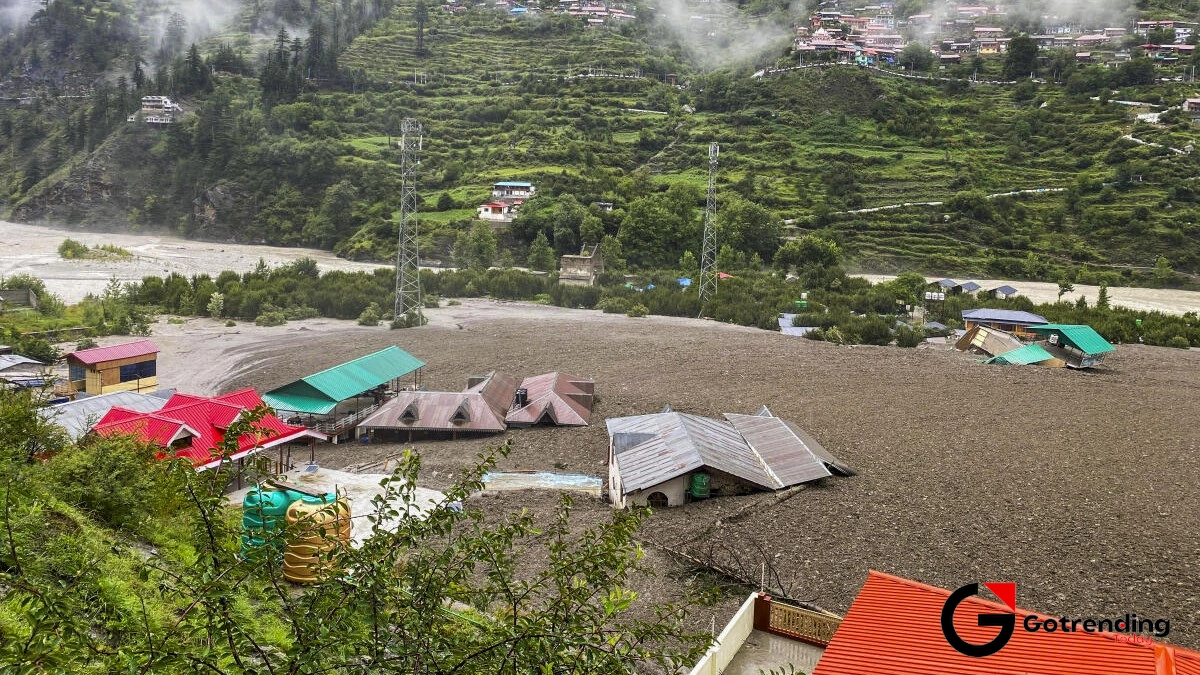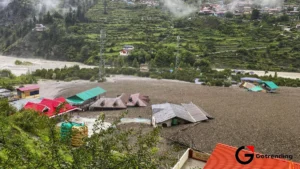Dharali | The Himalayan Village That’s Cracking Under Pressure. And Why We Should All Be Worried.
Let’s sit down for a minute. Imagine a village tucked away in the Garhwal Himalayas, a place so picturesque it feels like it’s been lifted straight out of a Ruskin Bond story. This is Dharali village . Apple orchards heavy with fruit, the pristine Bhagirathi Ganga flowing with ancient stories, and air so clean it feels like a balm for the city-weary soul. For years, it’s been a cherished stop on the sacred route to Gangotri, a place of peace and profound beauty.
But here’s the thing. Underneath that serene surface, something is deeply wrong. The ground itself is giving way.
Cracks are appearing. Not just little fissures in the mud, but deep, terrifying cracks running through the walls of homes, across fertile fields, and along the very foundations of the village. The land is sinking, a phenomenon geologists call subsidence. And the people of Dharali, who have called these mountains home for generations, are living in a state of quiet, creeping fear. This isn’t just a local news item; it’s a distress signal from the Himalayas themselves. And what fascinates me, and frankly, what should worry all of us, is why this is happening. It’s a story that goes far beyond one village.
More Than Just a Pitstop | The Soul of Dharali
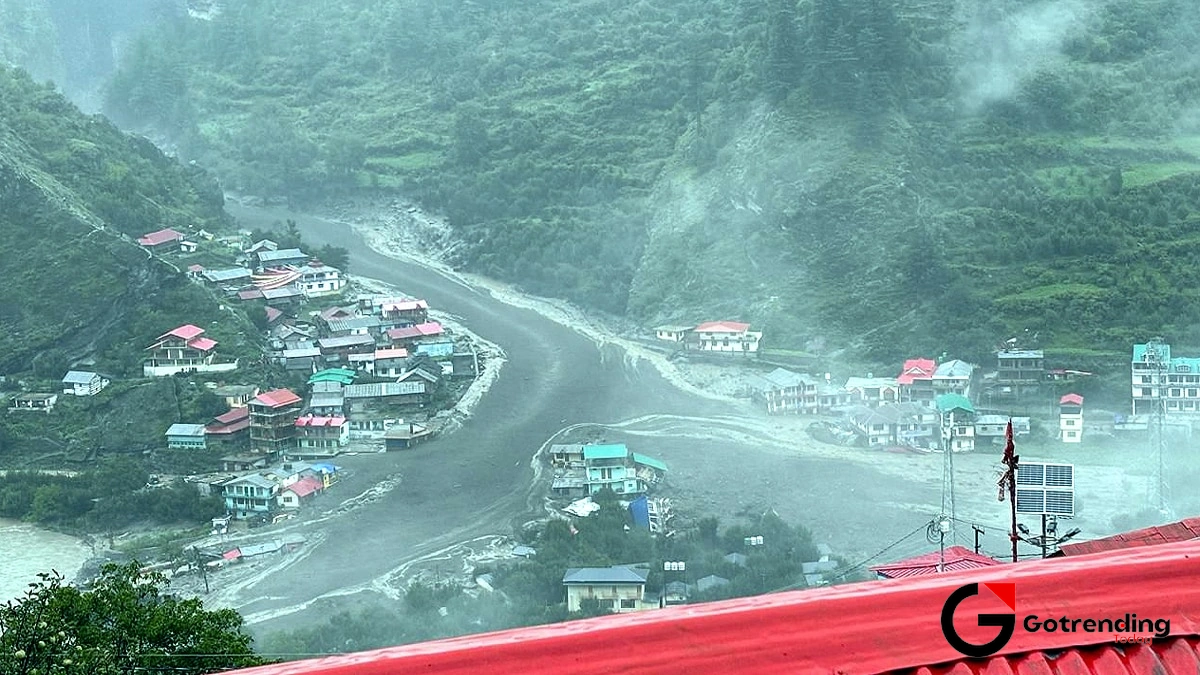
To understand what we stand to lose, you need to understand Dharali. Located in the Uttarkashi district of Uttarakhand, it’s part of the larger, breathtaking Harsil Valley, often called the “mini Switzerland of India.” Seriously, the place is a stunner. It’s not just a waypoint on the Gangotri highway ; it’s a destination in its own right.
Its identity is woven from three threads:
- The Apples: Dharali is famous for its delicious, crisp apples. The orchards are the economic backbone for many families, a legacy of sustainable agriculture in a tough landscape.
- The Ganga: The Bhagirathi, the river that becomes our holy Ganga downstream, flows right past the village. This lends it an immense spiritual significance. Legend says this is one of the places where King Bhagirath performed his penance to bring the Ganga to earth.
- The Gateway: It’s one of the last major settlements before the Gangotri shrine, offering rest and acclimatisation to pilgrims and trekkers.
So, we’re not just talking about a collection of houses. We’re talking about a hub of culture, spirituality, and livelihood. A place with a soul. And that soul is now under threat from the very ground it’s built upon.
The Cracks on the Surface, and the Cracks in the System
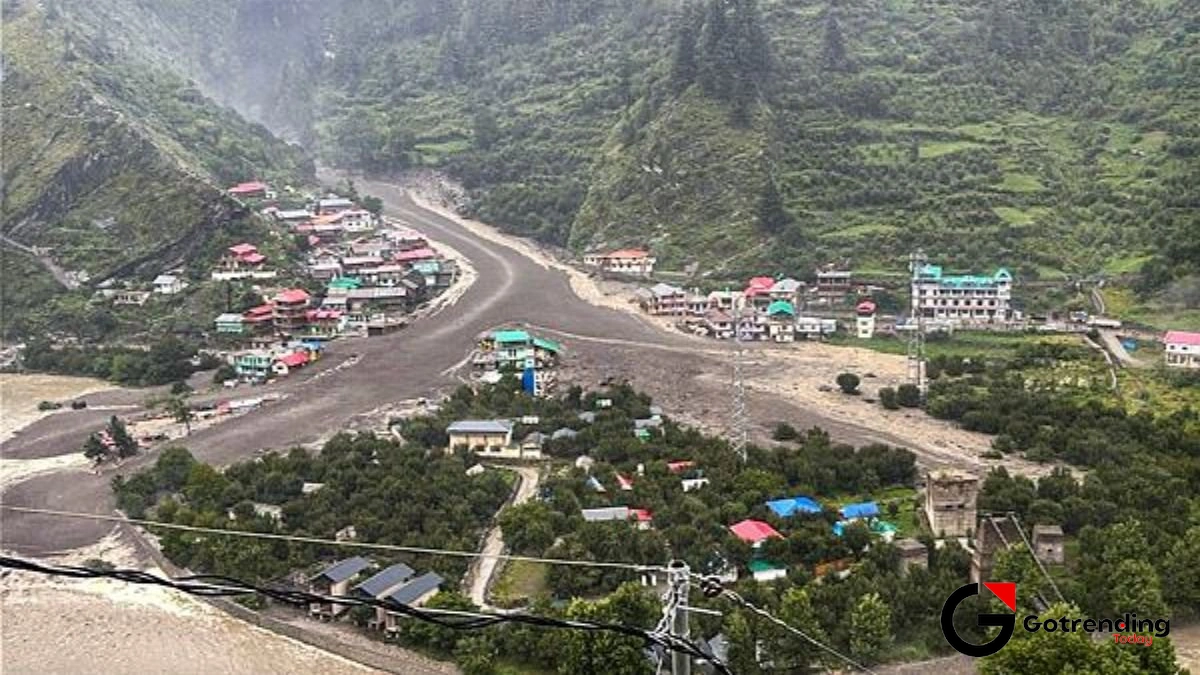
So what’s actually going on? Over the past few months, residents have been reporting alarming changes. It started with small cracks, easily dismissed. But they grew. Now, dozens of homes and several hotels are showing significant damage. Fields are developing fissures, and a sense of instability hangs in the air. This isn’t a sudden, dramatic earthquake; it’s a slow, terrifying process of land subsidence uttarakhand .
The government has taken notice, with geological teams surveying the area. But for the families living there, every day is a gamble. They watch the cracks, they listen to the groans of their houses at night, and they look at the mountains with a mix of love and fear.
And this is where the story gets really interesting. Because this isn’t a random act of nature. It’s a symptom of a much larger disease affecting the Himalayas. The cracks in Dharali’s homes are a direct reflection of the cracks in our approach to development in these fragile ecosystems.
The Real Reason Dharali is Sinking (And It’s Not Just Bad Luck)
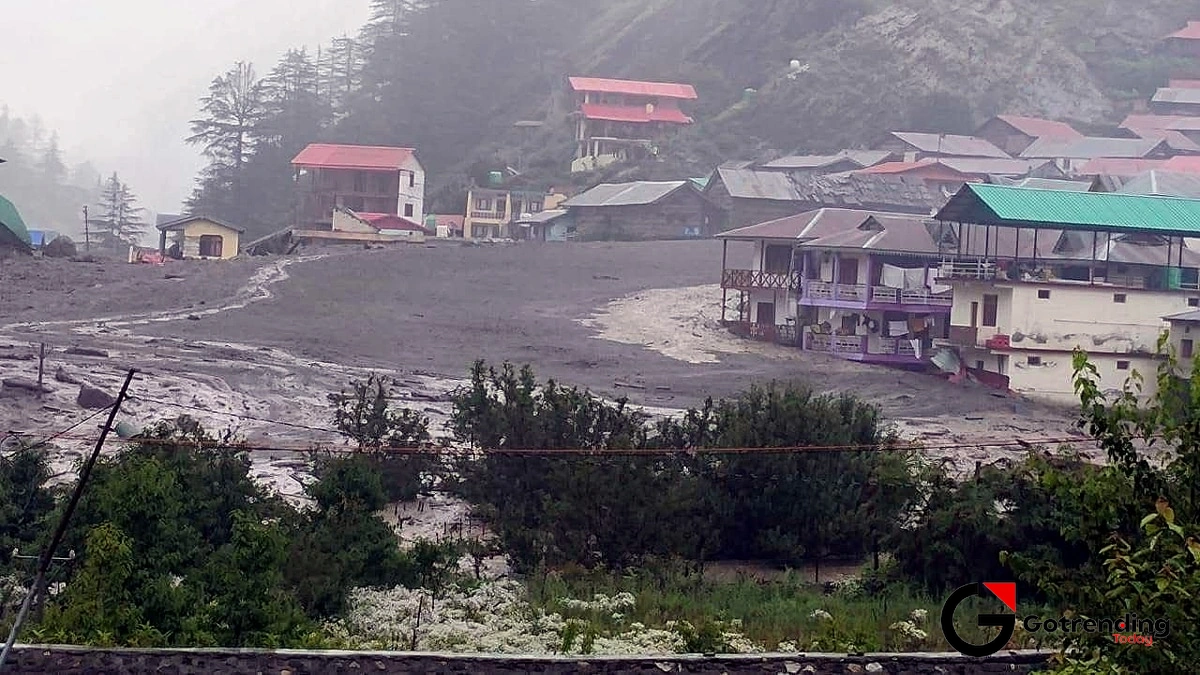
I initially thought this was just another isolated incident, but when you connect the dots, a clear and disturbing pattern emerges. The sinking of Dharali is a classic case of a fragile environment being pushed beyond its limits. Let’s unpack the ‘why’.
First, a quick Geology 101. The Himalayas are, in geological terms, toddlers. They are young, restless mountains, still growing and shifting. Many towns and villages in this region, including Dharali, are built not on solid bedrock, but on what’s called “overburden material.” Think of it as a massive pile of soil, rocks, and debris left behind by ancient landslides. As a geologist from theGeological Survey of Indiawould tell you, building on this kind of loose foundation is inherently risky. It’s like building a house on a pile of sand and pebbles.
Now, add the human factor. For decades, we’ve treated the Himalayas like any other place. We’ve built heavy, multi-storey concrete hotels and homes. We’ve cut into hillsides for roads, destabilising the slopes. This massive increase in load, or what engineers call “anthropogenic pressure,” is more than the delicate overburden can handle. The environmental impact of tourism , when unregulated, isn’t just about plastic waste; it’s about the very weight of the infrastructure it demands.
And then there’s the climate change accelerant. The region is seeing more extreme rainfall events. Intense, short bursts of rain saturate the ground, making the soil-and-debris mixture heavier, looser, and more prone to slipping and sinking. It’s a perfect storm: a fragile foundation, overloaded by unplanned construction, and then lubricated by climate change-induced rain. The ground simply can’t hold on anymore.
Are We Watching a Joshimath Rerun?
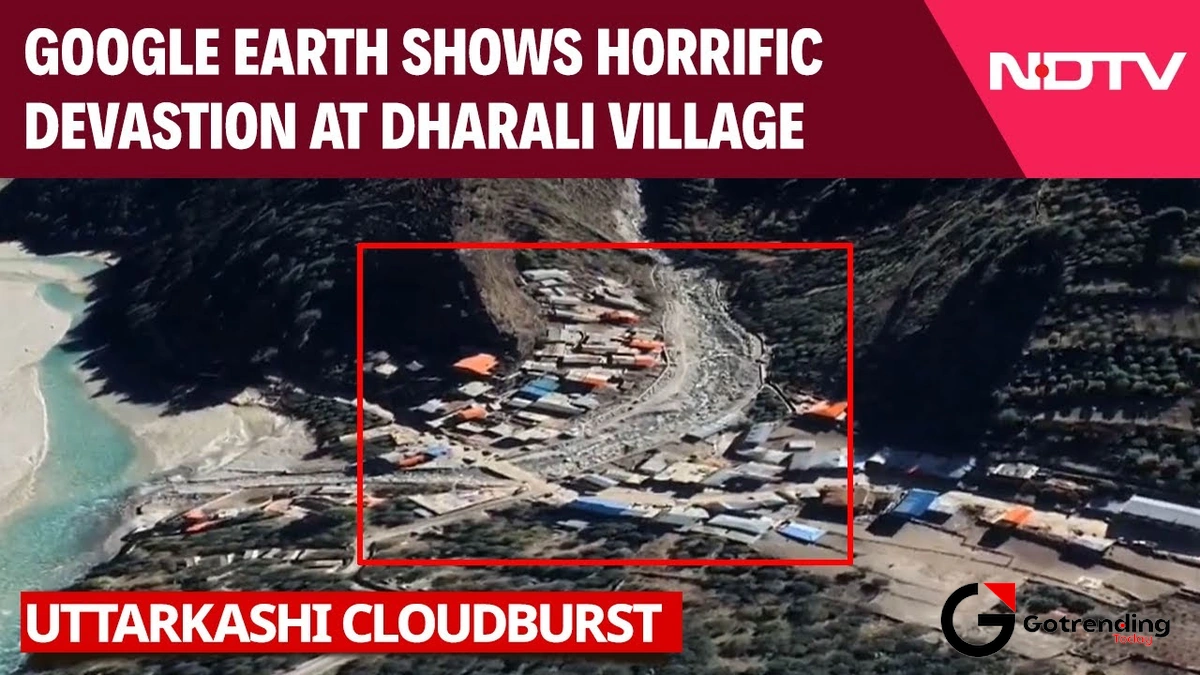
Does any of this sound familiar? It should. This is almost a carbon copy of the crisis that unfolded in Joshimath sinking . A holy town, a gateway to Badrinath, also built on ancient landslide debris. It too faced immense pressure from construction, hydropower projects, and road-widening for the Char Dham project. And it too began to sink, forcing mass evacuations and a national outcry.
The parallels between Dharali and Joshimath are chilling. They are a stark warning that this is not an anomaly. It is a pattern. From Siran village in Pauri to Pithoragarh, numerous areas across the state are showing similar signs of distress. It forces us to ask a tough question: how many more villages need to crack before we change our ways? The stories of these mountain communities, their identities tied so deeply to their land, are being threatened. In a way, it mirrors the larger quest for identity we see elsewhere, like the one captured in the Nikki Heli Indian American Story , where belonging and heritage are central themes.
The issue is systemic. We need to move beyond reacting to each disaster and start proactively addressing the root causes. It’s not just about a single village; it’s about the entire future of habitation and Uttarakhand tourism in the Indian Himalayas.
Frequently Asked Questions (FAQs)
Is it safe to travel to Dharali right now?
Official advisories are key. While the main highway is generally open, the situation within the village itself is precarious. Several buildings, including hotels, have been declared unsafe. It’s best to check with the Uttarkashi district administration and avoid staying in the directly affected areas until a clear safety assessment is made public.
What exactly is land subsidence?
Think of it as the ground level slowly sinking or settling. It can happen for natural reasons, but in cases like Dharali and Joshimath, it’s often triggered by a combination of factors: removal of underground support (like water), loading the surface with heavy construction, and the natural consolidation of loose soil and debris, especially when saturated with water.
How is this related to the Char Dham road project?
While a direct causal link to the cracks in Dharali specifically needs more study, large-scale infrastructure projects like the Char Dham all-weather road involve extensive hill-cutting, blasting, and slope destabilisation. Experts have repeatedly warned that such activities in a geologically sensitive zone can exacerbate existing vulnerabilities, potentially contributing to issues like subsidence in nearby areas.
What can be done to save villages like Dharali?
The solution is complex. It involves immediate relief and relocation for affected families, but more importantly, a long-term strategy. This includes a complete halt on new, heavy construction in vulnerable zones, conducting detailed ‘carrying capacity’ studies for tourist towns, and implementing building codes that are suitable for mountainous terrain. It requires a fundamental shift in policy. These villages hold deep cultural roots, much like the traditions explained in the Ekadashi Vrat Katha , and protecting them is crucial.
Are other Himalayan states facing similar issues?
Yes. While Uttarakhand has been in the spotlight, similar incidents of land sinking, landslides, and flash floods, often linked to unplanned development and climate change, have been reported in Himachal Pradesh, Sikkim, and other parts of the Himalayan region.
Let’s be honest, the situation in Dharali village is heartbreaking. It’s a classic story of a paradise on the brink. But it’s also a wake-up call that we can no longer afford to hit the snooze button on. This isn’t about stopping development or ending tourism. It’s about forging a new relationship with the Himalayas one built on respect, scientific understanding, and humility.
The mountains are not just a resource to be exploited or a backdrop for our vacation selfies. They are a living, breathing, and fragile ecosystem. The cracks in Dharali are a message. The only question is whether we are finally ready to listen.
